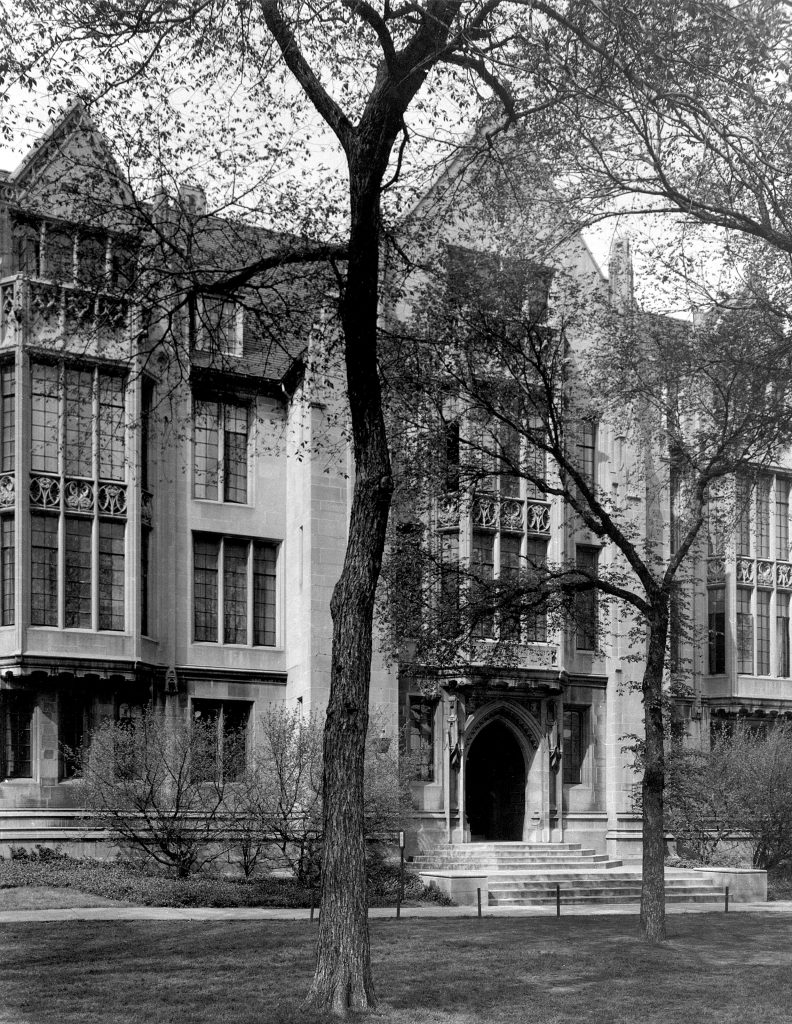Joyce Clennam Stearns (1893-1948) was an American physicist who served as Director of the University of Chicago Metallurgical Laboratory (Met Lab) from November 15, 1944 to July 1, 1945.
Stearns attended Kingfisher College in Oklahoma, then earned his PhD from the University of Chicago, where he studied under Arthur Compton. He went on to teach at Kingfisher, as well as Albion College and the University of Denver. His research was on electromagnetic properties of atoms and cosmic rays. To facillitate the latter, he oversaw the construction of the High Altitude Research Station on Mt. Evans near Denver.
In January 1942, Compton asked him to join the Manhattan Project as one of its earliest recruits. He recruited some of his own graduate students to the project, including Harold Agnew, who would later become Director of the Los Alamos National Laboratory. Stearns served as Director of the Met Lab’s Personnel Department, where he was responsible for hiring decisions, salaries, and training new recruits (including security briefings).
Stearns sometimes had to be the “bad cop” among the Met Lab scientists: Glenn Seaborg recounts how Stearns asked that he discontinue his Tuesday night nuclear chemistry lectures because the associated socializing and drinking had become “too time-consuming and disruptive from the standpoint of…the Laboratory’s Mission.”
Stearns became Director of the Physics Division, and later succeeded Samuel Allison as Director of the Met Lab in 1944. He oversaw the Lab during a period of downsizing as the war, and the Manhattan Project, drew to a close. He had to work to maintain the strength of the Chicago site as more and more workers were pulled away to other sites.
In 1945, Stearns joined the Target Committee, where he acted as a liaison between the scientists and the Army Air Forces. At one of the Committee’s meetings, he presented the first list of potential targets for the bomb, which included Hiroshima. However, a month after that meeting, he signed the Franck Report, which advised against using the bomb. His advocacy on that front continued after the war. He campaigned for an international effort to eliminate atomic weapons, and attended the 1945 conference in Chicago on Atomic Energy Control.
Stearns stepped down from the Met Lab in 1945 to follow Compton to Washington University in St. Louis, and was succeeded by Farrington Daniels. As Dean of the Faculties, he helped rebuild the faculty after it had been decimated by the war. He died near St. Louis in 1948. Arthur Compton wrote an obituary for him that ran in Science and other scientific publications.





